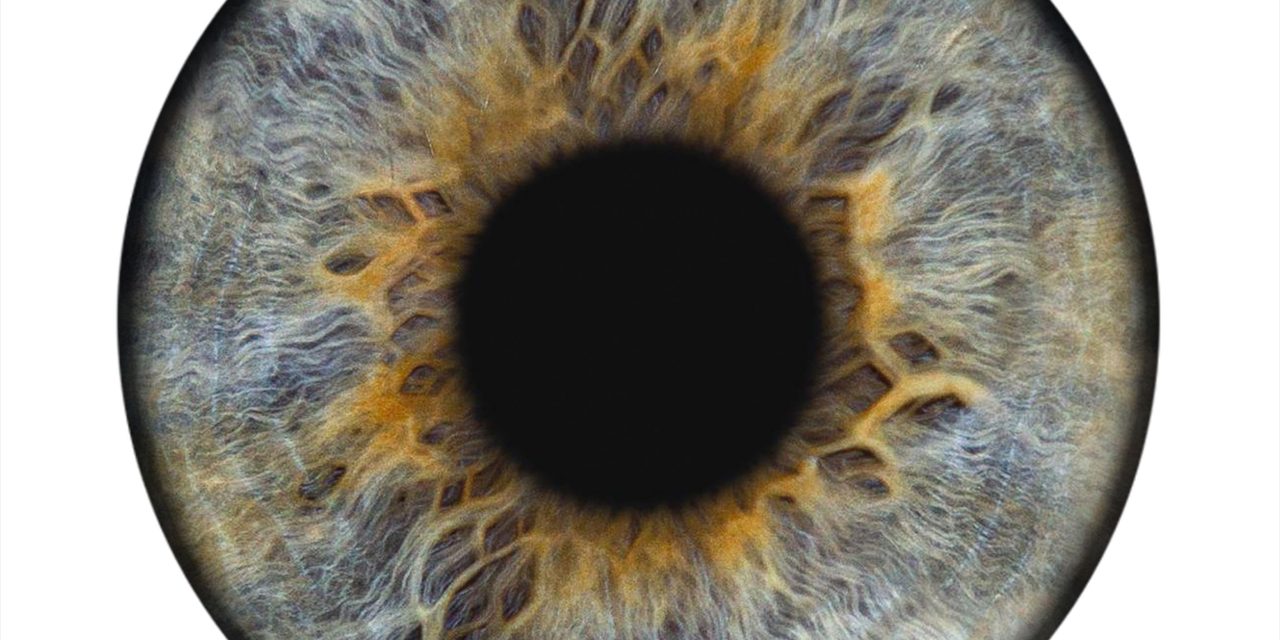Inherited photoreceptor degenerations are not treatable diseases and a frequent cause of blindness in working ages. In this study we investigate the safety, integration and possible rescue effects of intravitreal and subretinal transplantation of adult human bone-marrow-derived mononuclear stem cells (hBM-MSCs) in two animal models of inherited photoreceptor degeneration, the P23H-1 and the Royal College of Surgeons (RCS) rat. Immunosuppression was started one day before the injection and continued through the study. The hBM-MSCs were injected in the left eyes and the animals were processed 7, 15, 30 or 60 days later. The retinas were cross-sectioned, and L- and S- cones, microglia, astrocytes and Müller cells were immunodetected. Transplantations had no local adverse effects and the CD45+ cells remained for up to 15 days forming clusters in the vitreous and/or a 2-3-cells-thick layer in the subretinal space after intravitreal or subretinal injections, respectively. We did not observe increased photoreceptor survival nor decreased microglial cell numbers in the injected left eyes. However, the injected eyes showed decreased GFAP immunoreactivity. We conclude that intravitreal or subretinal injection of hBM-MSCs in dystrophic P23H-1 and RCS rats causes a decrease in retinal gliosis but does not have photoreceptor neuroprotective effects, at least in the short term. However, this treatment may have a potential therapeutic effect that merits further investigation.
Bone Marrow-Derived Mononuclear Cell Transplants Decrease Retinal Gliosis in Two Animal Models of Inherited Photoreceptor Degeneration.


